Broadway History: The Minskoff Theatre
In order to properly tell you the dramatic history of the Minskoff Theatre, we need to go back in time.
After World War Two, the island of Manhattan started to change drastically. Formerly thriving industries, like the garment business, local breweries, and giant factories, practically - and sometimes completely - disappeared. Luckily, there was one extremely unique American industry that remained strong: Broadway.
Unfortunately, despite Broadway’s ability to stay alive after an economic downturn, things started going south in the early 1960s. The theater industry was threatened and thousands of unionized New Yorkers were in jeopardy of losing their jobs
Broadway was in trouble because Times Square was quickly becoming one of the most dangerous places in America. Tourists were worried for their safety and stopped going to bars and restaurants in the area. They would get bussed into the city and get right back on the bus immediately when the show was over.
As a result, most restaurants and diners had to close and then were taken over by owners whose businesses continued to perpetuate crime in the city. The crime and sex trafficking continued to worsen until Rudy Guilliani took office as mayor. But I’m getting ahead of myself!
The hero of this story was a handsome man named John Lindsay. Mayor Lindsay took office in 1966 and immediately took action to make NYC a better place. He knew a major way to fix the economic decline was by cleaning up Times Square.
There was a massive old building called the Hotel Astor on Broadway between 44th and 45th Street. The real estate company Minskoff and Sons planned to demolish the hotel and build a skyscraper office building in its place. Mayor Lindsey recognized how this new establishment might help spur change in the area, so in an effort to save Times Square, he convinced Minskoff and Sons to put a theater in the bottom of the building. As an incentive and compromise, he gave the company more office space than zoning would allow. This was a major turning point for the development of Times Square.
Mayor Lindsay knew New York was the cultural center of the world for many reasons, especially the Arts. Although his time as Mayor of the city was full of major urban crisis and criticisms, what he did for the entertainment industry remains his greatest legacy.
The Minskoff Theater is dramatic, beautiful and rich with history. Even though this theater is a little less than fifty years old, it has made a gigantic impact on Broadway and Manhattan as a whole and helped save the theater district.
All Images by Bryan Berrios
Fun Facts:
The Nederlander Organization owns the Minskoff. It is one of their nine theaters.
There are 1,597 seats in the house.
The theater is located on the third floor of One Astor Place.
The Minskoff opened on March 13, 1973 with the revival of “Irene” starring Debbie Reynolds.
The architecture really is incredible because there is a tall fly space and are no columns in the theater. The theater can still support the weight of the skyscraper above it because of all the steel girders and beams.
Glen Close starred in “Sunset Boulevard” at the Minskoff in 1994
The fourth revival of Fiddler on the Roof opened in 2004 and ran for 36 previews and 781 performances.
In 2006, The Lion King transferred to the theater from The New Amsterdam.
Cuddling with Baby Simba on Pride Rock. January 2017.
Beware. September 2016.
Seeing The Lion King with my sister squad. August 2016.
The first time I ever went to the Minskoff Theater I was backstage dressing the Bombshell benefit concert with my friend Barb. She is an Originol Wicked dresser. June 2015.









